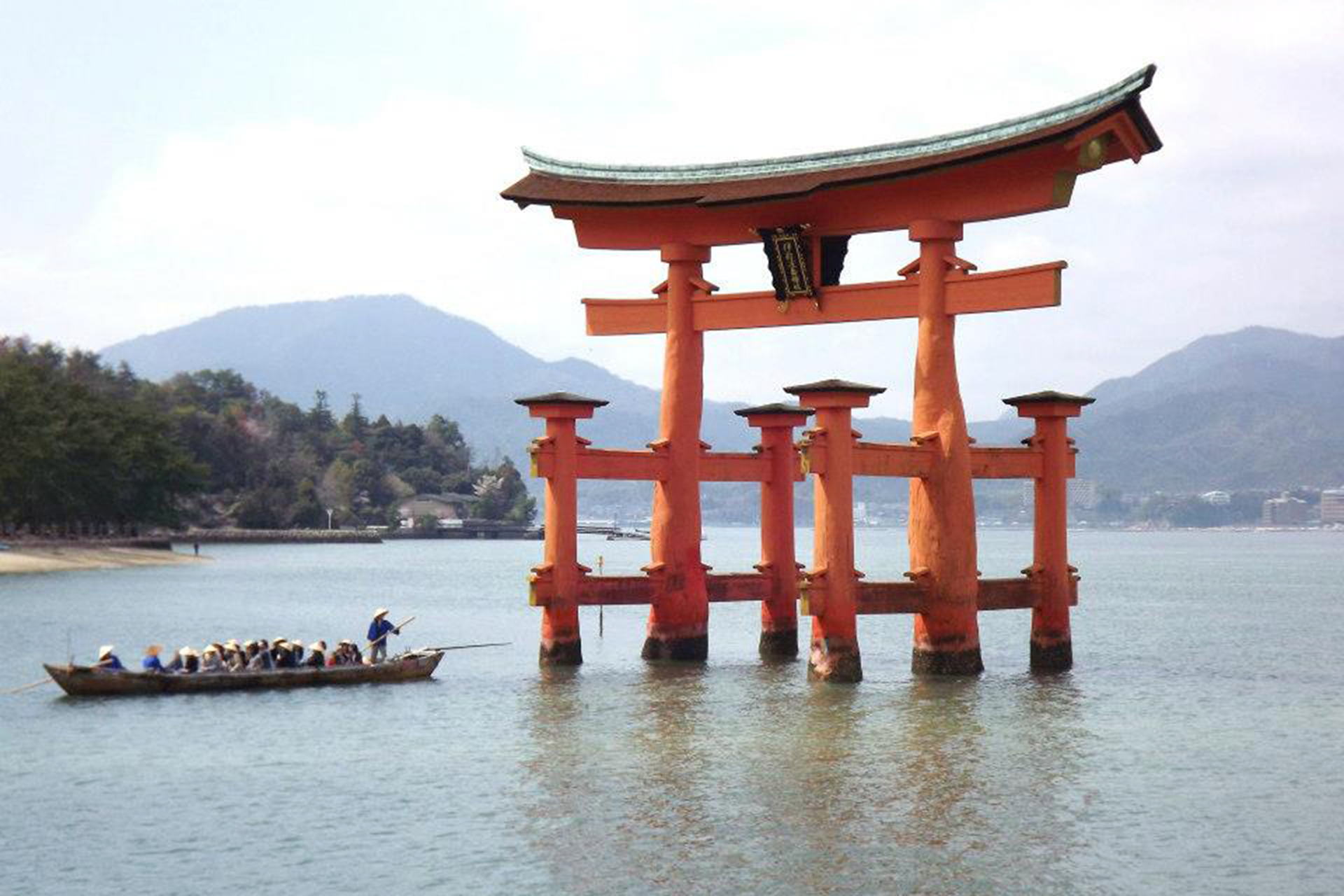A brief history of the USA for travellers

The USA is often referred to as one of the youngest countries in the world, but this assumption doesn’t do the region’s fascinating backstory justice. While the USA officially became an independent country in 1776, less than 250 years ago, people have lived on its land for thousands of years, and evidence of this still remains today. You just have to know where to look.
So if your inner historian wants an adventure, Lottie Gross has compiled what you need to know about the USA, and where to find its most intriguing historic sites.
Meet the early humans of North America in Colorado
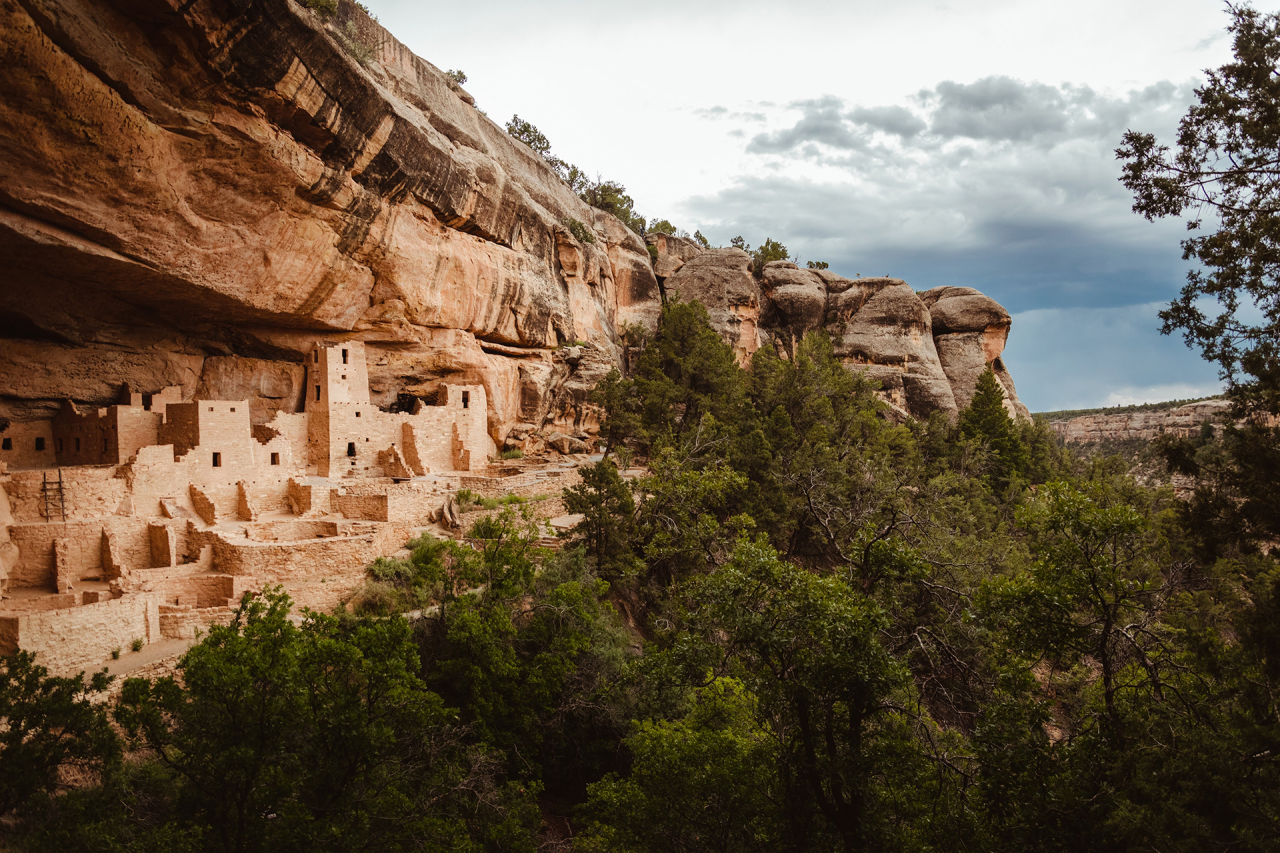
Most history timelines of the USA start in the 1400s, when the first Europeans landed on the continent to stake a claim here. But this misses out some of North America’s most interesting history, and inhabitants. Humans have been living in what we now call the United States for thousands of years, and it’s thought that some even arrived as long as 25,000 years ago.
America’s early settlers haven’t entirely disappeared, either. Evidence of their existence has been discovered in places like Coopers Ferry in Idaho and in the wilds of Alaska. One of the most exciting places to see early Americans, though, is at Mesa Verde National Park. One of the USA’s most impressive archaeological sites, its structures, carved into the golden rocks, date back around AD 600. Take a tour with an NPS ranger to learn about the Ancestral Puebloan way of life.
It’s from these various ancient civilizations that American Indian peoples are descended, so Mesa Verde provides an excellent introduction to the USA’s early history. Elsewhere, in Washington DC, continue the journey by visiting the National Museum of the American Indian. Or go South to Louisiana to see an amphitheatre-like structure that was constructed by 3,000 years ago at Poverty Point.
Explore the 'New World' in Virginia
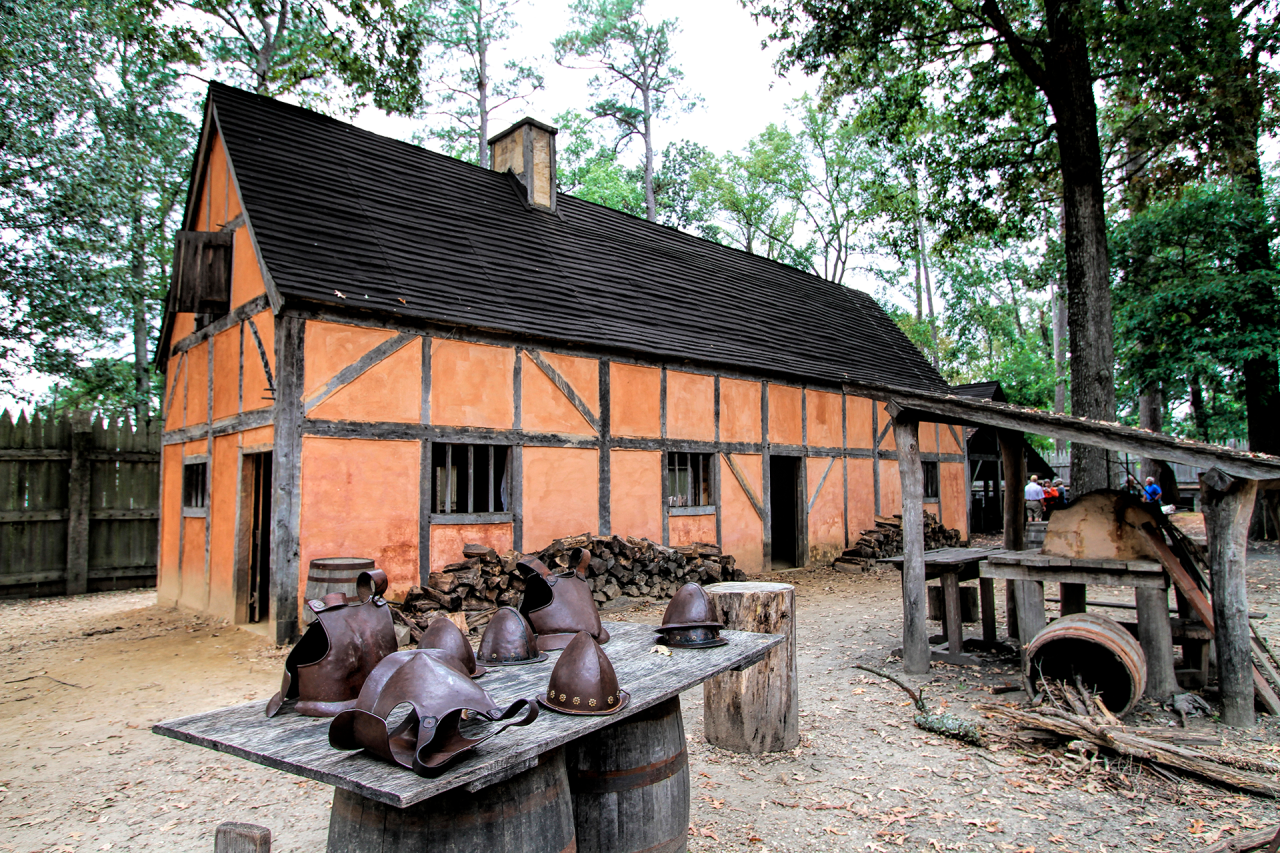
The land we now call America has been invaded by various nations during its history, including the Spanish and French. But the main colonizers in the USA were the British, who took control of 13 colonies, mostly on the eastern side of the country. The first British settlement was at Jamestown, in Virginia, but it didn’t have an easy ride. Disease was rife, famine took lives and battles with resident American Indians made it a dangerous place to live. Eventually, the town was abandoned in 1699, but today the Jamestown Settlement has been revived as a living museum.
A recreation of those 17th-century days, you can explore old-style homes and meet actors in period costume. There are replicas of the ships that brought the British here, and exhibits explaining the history of the area.
Declare your independence in Philadelphia
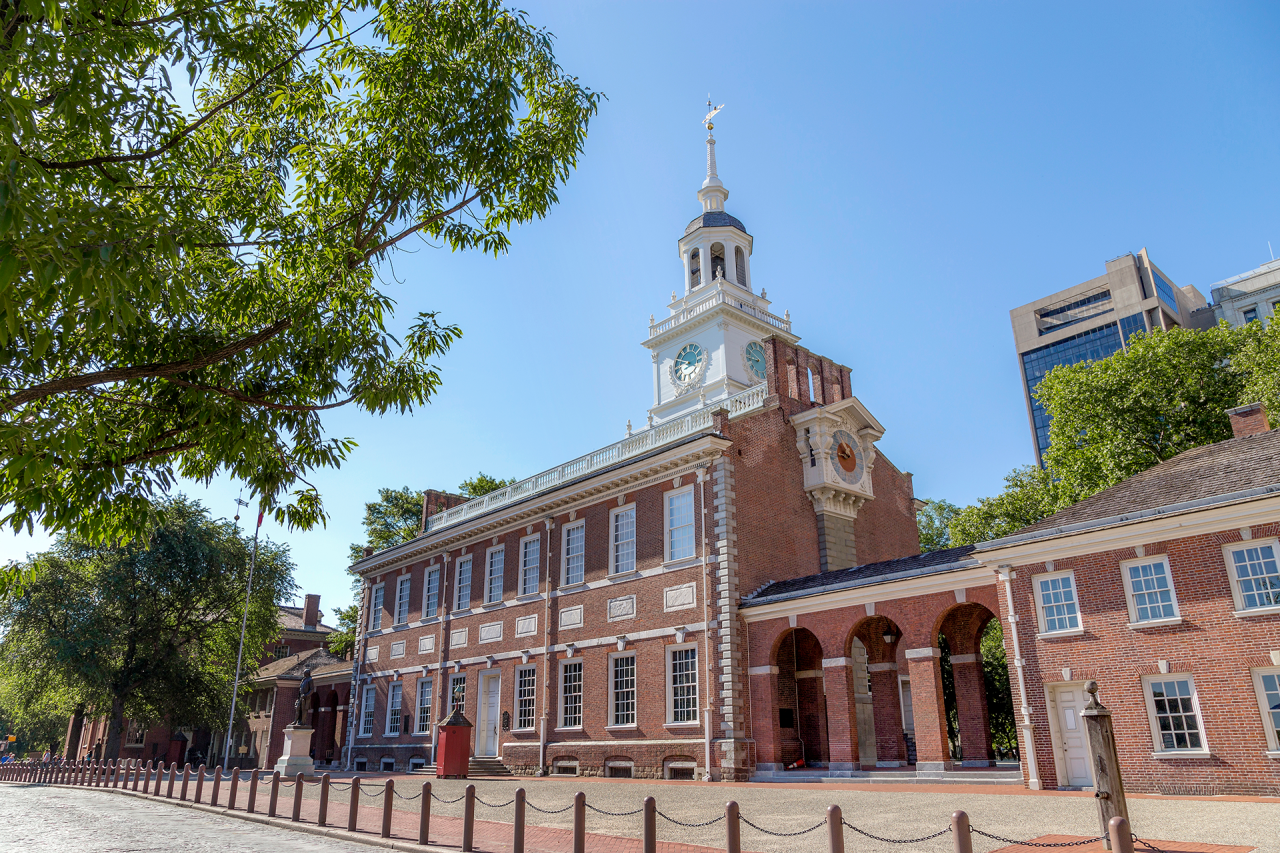
It was in 1776 that America finally became a nation in its own right, signing the fateful Declaration of Independence in what’s now known as Independence Hall in Philadelphia. It was here that the Thirteen Colonies took their first steps to forming the United States of America as we know it today, claiming its new name for the first time.
Today, Philadelphia's historic buildings still stand and you can visit Independence National Historical Park with a guide or independently. You’ll see the Liberty Bell, which was rung on 8 July 1776 to mark the reading of the Declaration, and visit the Benjamin Franklin Museum to learn about one of the country’s Founding Fathers.
Learn about the abolition of slavery in Washington DC
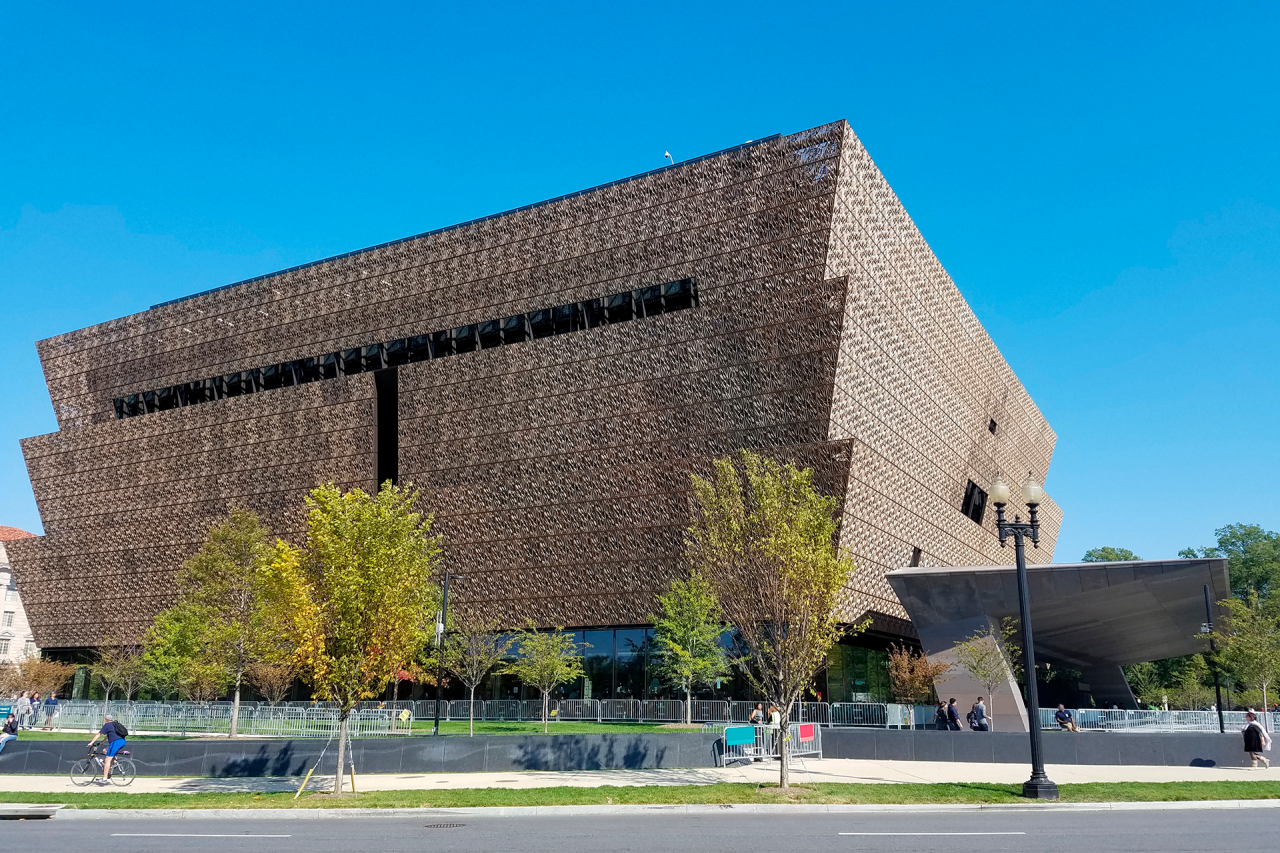
There is absolutely no shying away from it: America’s history of slavery is an incredibly disturbing period in time, peppered with horrific events and the cruel treatment of human beings. Slavery and the systematic oppression of black people in the United States has shaped its social make-up today, and there’s no more compelling way to understand that than with a visit to the National Museum of African American History and Culture in Washington DC.
This vast and gripping museum offers an insight in the beginnings of the slave trade, right through to its abolition in 1865 and beyond, including modern-day black American culture. The museum is well worth an entire day of your trip, and you can fuel up on glorious Southern food – think shrimp and grits and fried chicken – at its exceptional onsite restaurant.
Relive the Prohibition Era in Savannah, Georgia
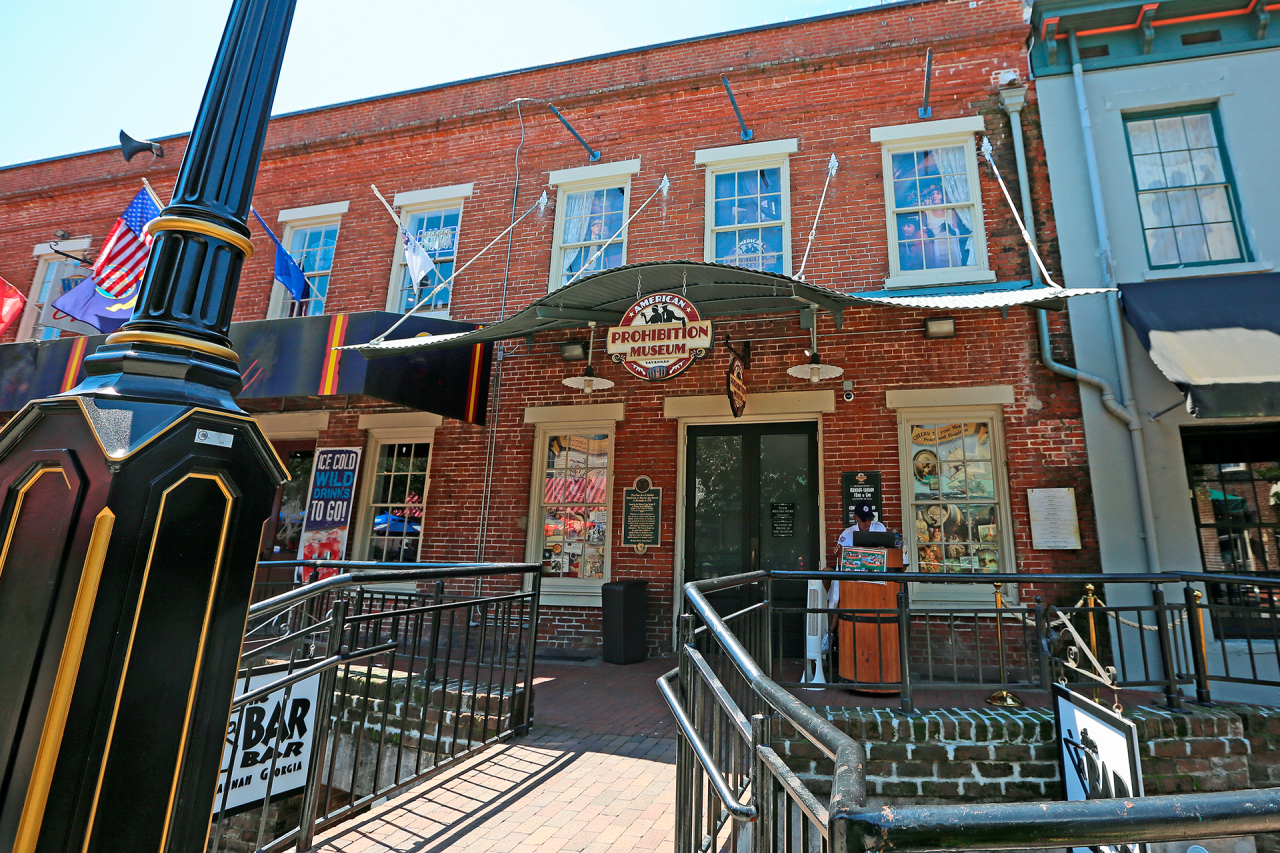
From 1920 to 1933, the importation, transportation and sale of alcohol was banned in the USA as part of the ‘noble experiment’, which aimed to reduce crime and improve social problems across the country. While this temperance movement took hold, though, not everybody was sold on the idea. Black markets and underground speakeasies opened up to help those inclined continue their revelry, and a new kind of nightlife was born, with added excitement.
Lasting for almost 14 years, the Prohibition Era saw infamous gangsters and rumrunners across the country enjoy booming business – most notably Al Capone and his mob – and essentially the entire experiment backfired. Today, the best place to see a slice of Prohibition history is in Savannah, Georgia, where the Prohibition Museum makes for an entertaining day out. You can even have a night out in their very own speakeasy – just say the password on the door and you’ll enter into a roaring 1920s party where cocktail waiters will craft your favourite tipple.
See the America of today
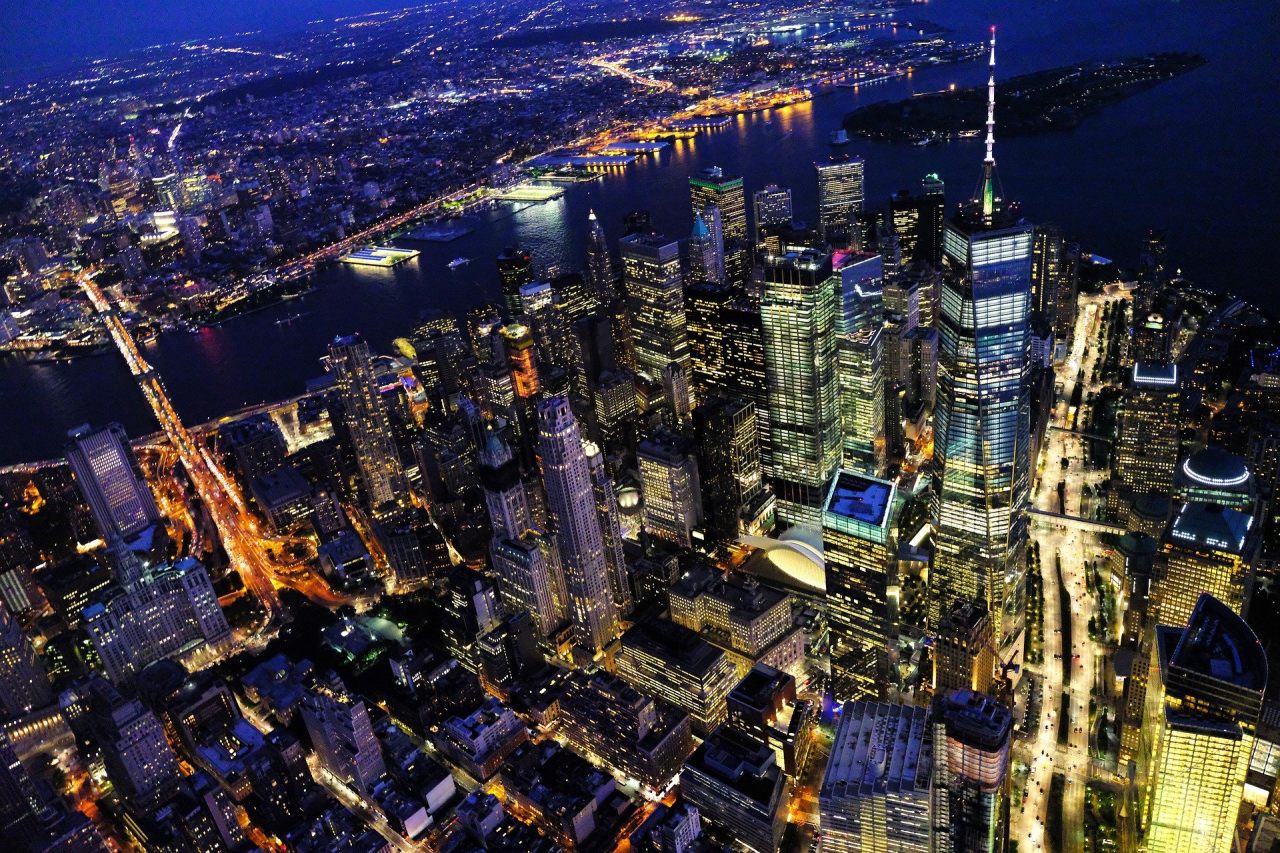
Today, the United States is a sprawl of almost 330 million people spread across 50 states and overseas territories. It would be impossible to see it all in one trip, or even on several. But head to the country’s most populous cities like New York, Los Angeles or San Francisco and you’ll get to see what makes America tick today.
Read next
Now isn’t the time for going places. However, as we spend the coming weeks mostly indoors, we can still dream about travel, plan future adventures and revisit ones we’ve taken before. This is exactly what we’ve asked our team to do – to dream and reflect. Here are 12 memorable trips taken by the DK Eyewitness team, featuring eclipses, safaris, cycling treks, pilgrimages, bunnies, toboggans and ancient ruins.
How to be an armchair traveller
Just because you can’t escape to a new adventure right now doesn’t mean you should stop dreaming. There are ways to remain inspired, whether you’re surfing the internet on your phone, lounging at home, or sipping coffee at your local cafe. Being an armchair traveller is all about learning about and reflecting, and ultimately engaging with far-flung places without ever needing to leave home.


